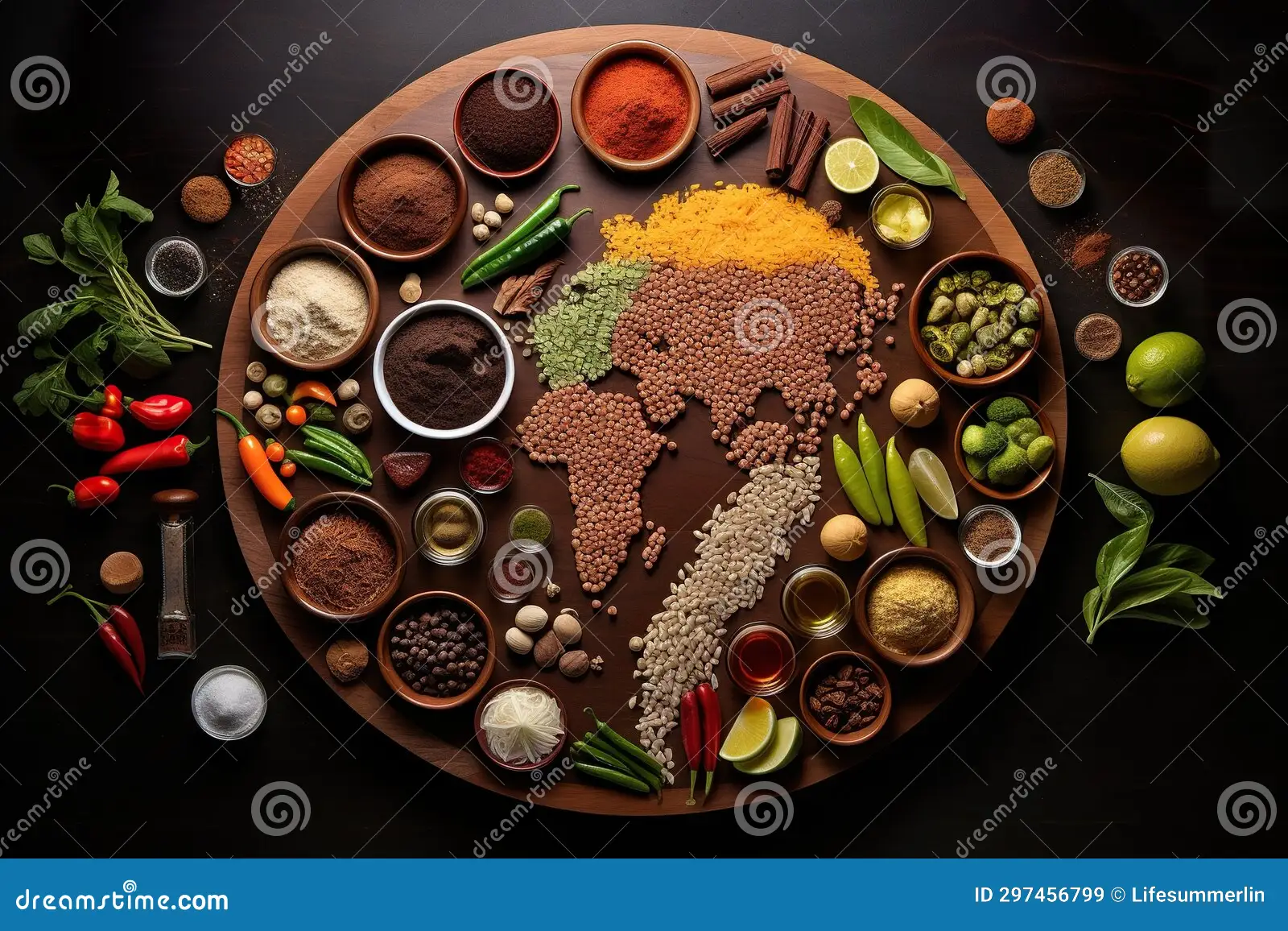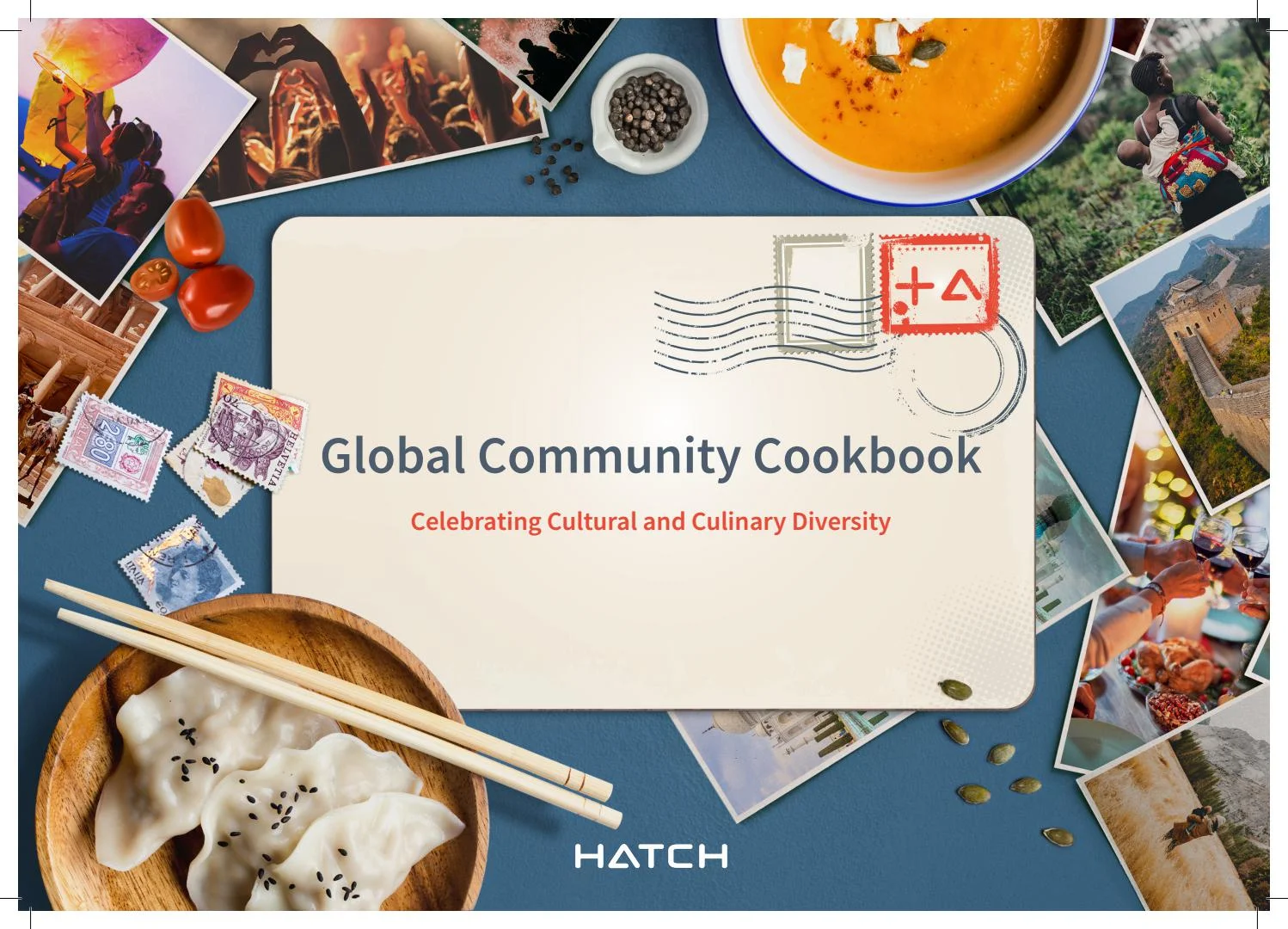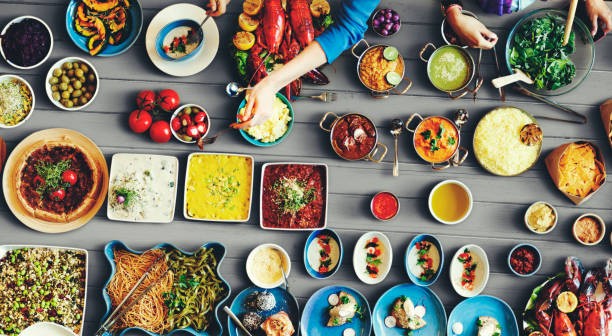In today’s interconnected world, the culinary landscape offers a tantalizing window into the rich tapestry of global cultures. Exploring diverse cuisines is not just about tasting different foods; it is about experiencing the essence of cultures, histories, and traditions. This global journey through culinary experiences reveals how food can be a powerful bridge, connecting people from various backgrounds and fostering understanding and appreciation for cultural diversity.
The Power of Food in Cultural Exchange
Food has always been an integral part of cultural identity and heritage. It reflects the geography, climate, and history of a region. For instance, the spices of India tell tales of ancient trade routes, while the hearty stews of Northern Europe speak to the cold climates and agricultural practices of the area. By exploring different cuisines, we can gain insights into the daily lives, values, and histories of different cultures.
Traditional Dishes: A Glimpse into History and Heritage
Traditional dishes are often passed down through generations, preserving the culinary practices and ingredients that define a culture. For example, the Italian pasta dishes like Spaghetti Carbonara or the Japanese Sushi reflect centuries-old traditions and techniques. Each dish tells a story, offering a taste of the past and a connection to the people who created and refined it.
Festivals and Food: Celebrating Cultural Heritage
Many cultures celebrate their heritage through food festivals, where traditional dishes are prepared and shared. These festivals provide an opportunity to experience the culinary diversity of a culture in a festive and communal setting. Events like the Chinese New Year, with its dumplings and sweet rice cakes, or the Indian Diwali, with its array of sweets and savory snacks, highlight the importance of food in cultural celebrations.
Culinary Tourism: A Journey of Discovery
Culinary tourism is an emerging trend that combines travel with food exploration. It allows travelers to immerse themselves in the local culture by tasting and learning about traditional foods and cooking methods. Countries like Thailand, Italy, and Mexico are popular culinary destinations, attracting food enthusiasts eager to experience authentic flavors and culinary traditions.
Cooking Classes: Hands-on Cultural Immersion
Participating in cooking classes while traveling is an excellent way to delve deeper into a culture. Learning to cook traditional dishes from local chefs provides a hands-on experience that goes beyond just tasting food. It offers a deeper understanding of the ingredients, techniques, and cultural significance of the dishes. For example, taking a pasta-making class in Italy or a sushi-making workshop in Japan can be a memorable and enriching cultural experience.
Food Markets: The Heartbeat of Local Cuisine
Exploring local food markets is another way to experience the culinary diversity of a region. Markets are where locals shop for fresh produce, meats, and spices, offering a glimpse into the daily life and dietary habits of the people. Visiting markets like La Boqueria in Barcelona, Tsukiji Fish Market in Tokyo, or the Spice Bazaar in Istanbul can be a sensory overload, with vibrant colors, tantalizing aromas, and a bustling atmosphere.
The Role of Fusion Cuisine in Cultural Exchange
Fusion cuisine, which blends elements from different culinary traditions, is a testament to the dynamic and evolving nature of food culture. It reflects the blending of cultures and the creativity that arises from culinary exchange. Dishes like California rolls (a fusion of Japanese and American cuisine) or Korean tacos (a blend of Korean and Mexican flavors) showcase how food can transcend cultural boundaries and create new, exciting flavors.
The Influence of Migration on Culinary Diversity
Migration has played a significant role in the evolution of culinary diversity. Immigrants bring their culinary traditions to new lands, enriching the local food culture. For example, the introduction of Vietnamese pho to the United States or Indian curry to the United Kingdom has added new dimensions to the local culinary landscape. These cross-cultural exchanges enhance our culinary experiences and broaden our palates.
Celebrity Chefs and Global Culinary Influence
Celebrity chefs like Yotam Ottolenghi, with his Middle Eastern-inspired cuisine, or René Redzepi, known for his New Nordic cuisine, have played a pivotal role in popularizing and celebrating cultural diversity through food. Their innovative approaches and emphasis on using local, sustainable ingredients have influenced global culinary trends and inspired home cooks to explore new flavors and cooking techniques.
Conclusion: Embracing Culinary Diversity
Exploring cultural diversity through culinary experiences is a journey that enriches our understanding of the world and its people. It fosters appreciation for different cultures and promotes a sense of global community. By embracing culinary diversity, we not only expand our palates but also our minds and hearts, recognizing the common threads that unite us all through the universal language of food.


